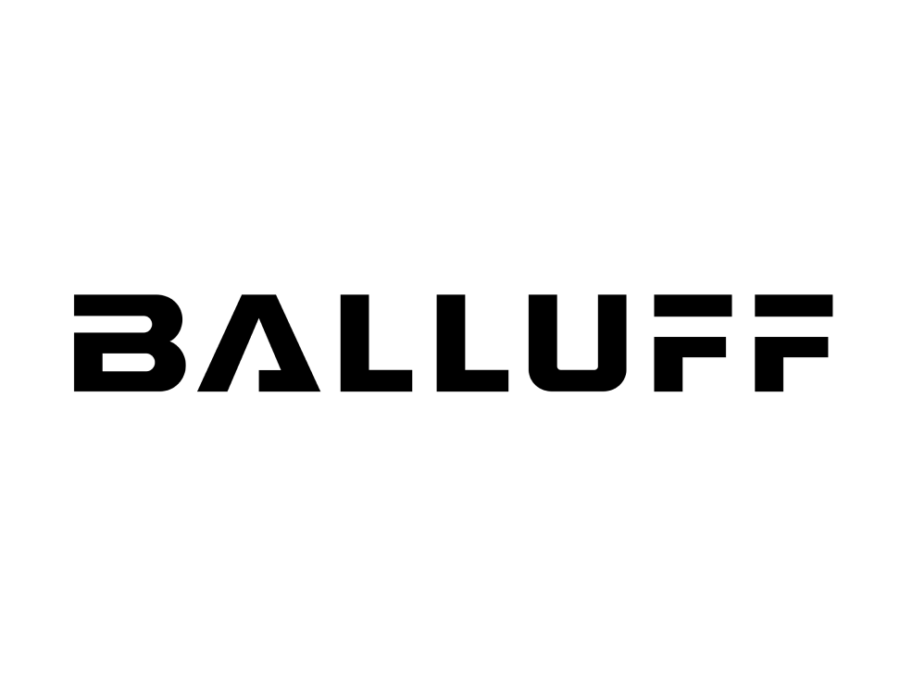
A+ Services

You’re in good hands
Agiloft has a proven 97% customer satisfaction score, from initial onboarding and implementation to ongoing iteration and upgrade, we’re here for you. Agiloft’s team of experts and extensive partner network is equipped to take you through a number of services and consultation experiences.
Hosted Service
We offer same-day setup of a production knowledgebase on our high-end servers. Get started quickly with a low cost of entry and enjoy the ability to move in-house at any time with our Hybrid SaaS platform.
Implementation Services
We offer full consulting services with our experienced and proven team. We work with companies of all sizes and profiles to help them achieve the best possible implementation of Agiloft. Let us save you time and money, and ensure your success.
Administrator and Partner Training Classes
System administrator training is available through Agiloft University, our online learning space. Agiloft University’s online curriculum empowers admins supporting procurement, sales, and legal teams to become contract ops pros and optimize Agiloft’s flexible no-code platform.
Annual Support and Upgrade Contracts
Customers who purchase Agiloft have a choice of standard or premium annual support contracts. All contracts come with free upgrades and telephone support.
Customer Support
We offer 24/7 support to customers through our Agiloft support portal. Phone support is available during business hours.
Built for you
“Agiloft helps you identify the gaps and allows you to trial and error until you identify what drives efficiency,” read how Balluff reached global contract transparency and mitigated risk with CLM.

“Agiloft provides complete support and it’s obvious that they care about their product.
We cut our time to contract by over 50%.”
Mike Matthews, Director of Procurement and Contracting, Portland Community College
Read the case study




